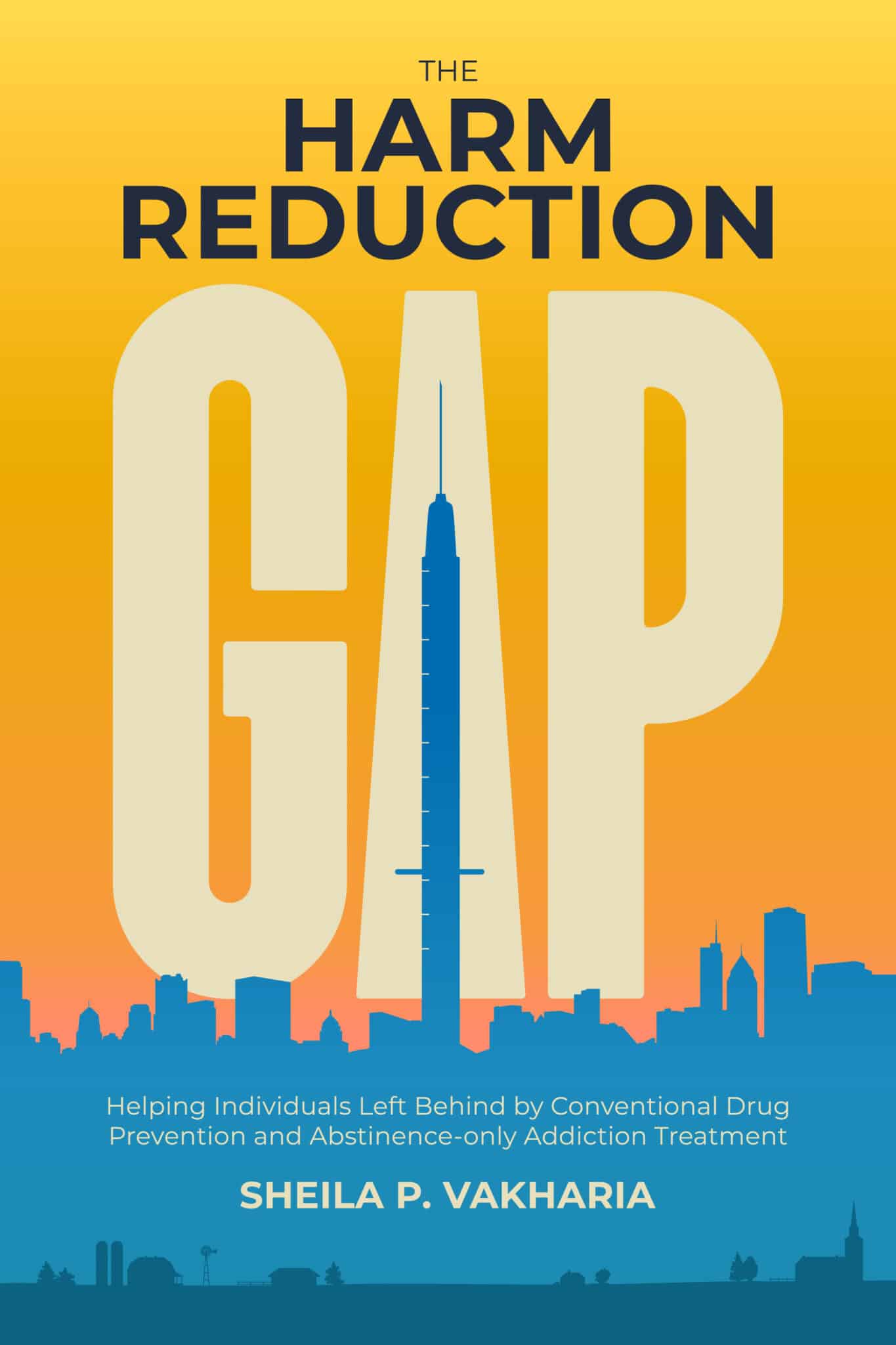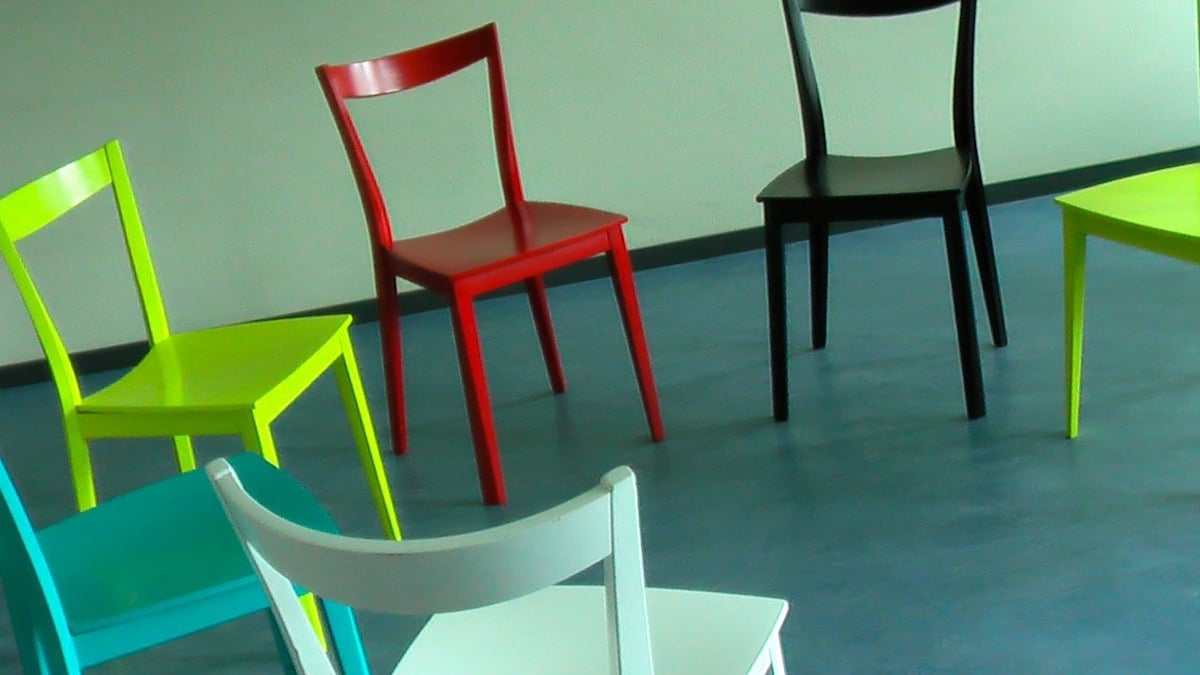“What about treatment?”
I’m commonly asked this question by well-intentioned folks when I say I am a harm reduction advocate, or whenever it is suggested that we need more access to harm reduction services in the community.
The people who ask me this are diverse and come from all races, genders, ages, socioeconomic backgrounds and political leanings. They are parents, community members, journalists, health care providers, recovery advocates, students and just about everyone else. They ask this question with sincere curiosity and good intentions. They care.
After all, one of the more notable recent shifts in public opinion is that more people than ever now view addiction as a treatable health condition. And this is a good thing. It is progress.
The issue is that now many people see treatment as the only solution. So in their minds, if treatment is the ultimate solution and end goal, why would we need more harm reduction, or even need harm reduction at all?
I try to approach these conversations as teachable moments. And I start by telling them I am a former treatment provider myself. I explain that I know how life-changing treatment could be, because I saw firsthand how it helped my former clients to achieve stability in their lives.
But then I talk about how working in treatment also made it clear to me how difficult it is for the average person to find, access, afford and complete treatment in its current state. And that the treatments that are the easiest to access are not always the ones that are evidence-based and proven to work.
I also clarify that while some people are helped by traditional addiction treatment, there are others whose needs are far greater or more complex than our treatment system can address, but are still sent to treatment because there is nowhere else to go. I explain how most people who start treatment in any given year do not successfully complete it, and that then there are few options for support once they are discharged from services.
All these factors mean that while treatment is a needed support for many people, it will never meet all the needs of everyone who uses drugs, even those with addictions.
Finally, I talk about how over 90 percent of people who have addictions do not receive any treatment each year, so that they are left without any other options for support or safety in the community.
All these factors mean that while treatment is a needed support for many people, it will never meet all the needs of everyone who uses drugs, even those with addictions. And when treatment does not or cannot meet people’s drug-related needs, they will need more options in the community for help.
I want people to understand that being a harm reduction advocate means I want people to have an even larger safety net to fill the gap. I want people to have a broader range of available services in the community in addition to and beyond treatment.
That’s it.
Most People with SUD Do Not Want Treatment
The truth of the matter is that most people with SUD, 37.5 million of the over 38 million people with addictions who did not receive treatment, did not even want treatment.
It could be because they do not want to stop using drugs, it could be that they don’t think the severity of their problems rises to the level of needing services, or it could be because they think they can handle it on their own. It could be that some had negative experiences with treatment and do not want to return. There are countless reasons why someone may not want treatment.
Unfortunately, many people look at this as evidence that these people are “in denial” about the substance-related problems in their lives, when the truth may be far more complicated.
But it shouldn’t mean that they are left on their own with nowhere to turn. It doesn’t have to be this way. A greater availability of community-driven harm reduction programs, developed by and for people who use drugs, could help provide a source of support outside of the formal treatment system, for these people have their own reasons for not engaging in services.
Considering the tens of millions of people who fall into the harm reduction gap this way, we should want to build and support the development of a more robust continuum of services.
Most will never walk into a treatment program but may be more willing to access resources on a website and order harm reduction supplies to be delivered to their home; or they may walk through the doors of a local syringe service program, where they are made to feel welcome.
Considering the tens of millions of people who fall into the harm reduction gap this way, we should want to build and support the development of a more robust continuum of services and programs in our community that include the range of harm reduction services, so people can find the options they want when they are ready to get help. This includes providing grant funding to harm reduction programs that develop innovative, accessible services to target this otherwise-disconnected population of people who use drugs.
Treatment Will Not Fill the Harm Reduction Gap
The way that our current treatment system is set up and structured has helped to create the harm reduction gap. Our current addiction treatment system is intended for people who want it, can afford it, can access it, can adjust their lives around it and can comply with its many rules. Even those who complete treatment may have multiple treatment episodes. Change does not happen overnight, and substance-related patterns can take time to adjust; as a result, they often return to problematic use again after leaving.
Rather than seeing these realities as signs that their services could be improved, adjusted or revised to keep clients connected to support, many treatment facilities justify their approach by placing sole responsibility on the client population for their inability to comply. And for those who ultimately drop out or are terminated from treatment, few alternatives exist. There is no safety net to catch them. We should be most concerned that most people with diagnosable SUD do not receive treatment because most of them do not want it, and they are left to fend for themselves.
It is naïve and unrealistic to assume that over 30 million people could somehow receive services in our formal, costly, highly structured, one-size-fits-all treatment system.
The formal treatment infrastructure should be viewed as an extension of a broader health care system that is largely inaccessible, unaffordable and stigmatizing toward people who are seen as undesirable or undeserving. This can include the people who use the most stigmatized illegal drugs, low-income and homeless people, people with complex mental health and medical needs, queer communities, and racial and ethnic minorities who have had negative experiences in these settings. Meanwhile, community-based and community-driven harm reduction programs where these services are integrated can be a safe and appealing touchpoint for care.
In states across the country, SSP are becoming sites where clients can receive buprenorphine in a setting that is accommodating to their needs and literally “meets them where they’re at” where they already receive services. In addition, SSP are integrating more health services on site, with New York State’s model of Drug User Health Hubs being a great example, showing that harm reduction sites staffed by caring and knowledgeable staff can better meet community health and harm reduction needs in the same place. These sites where people can get both harm reduction and treatment can help people to seamlessly transition between them, without ever being disconnected from support.
Our unprecedented overdose crisis, combined with the fact that alcohol- and tobacco-related health harms claim lives every day, show that we must do more for people who are otherwise not connected to the formal treatment system.
It is naïve and unrealistic to assume that over 30 million people could somehow receive services in our formal, costly, highly structured, one-size-fits-all treatment system comprised of just over 16,000 facilities. In any given year, these facilities conduct about 1.5 million admissions. The current system is not equipped for a sudden influx of this population into services, and is likely not appropriate for all of them anyway.
What if people had more options for help to choose from, such as services with few requirements and that were easily accessible on their terms?
Many of the people I speak to talk about how we need more treatment in our communities, and that is a completely valid point. We do need more treatment along the continuum of care in all parts of the country, including online and via telehealth options for people who could benefit from that accessibility. And these options should be affordable and available to the people who want them.
But we must acknowledge that our current system does not have much to offer the millions who will never set foot in a treatment facility.
What if they had more options for help to choose from, such as services with few requirements and that were easily accessible on their terms? What if the education and tools to engage in safer or less risky drug use were more readily available to them, in their communities, at SSP, via mail order and in other settings? What if they could go to an overdose prevention center or other safe location to use when they are worried about adverse effects or a potential overdose? What if they knew there were harm reduction psychotherapy providers who were willing to work with them on staying safe, and who would not impose abstinence on them to be able to get help?
This is how we fill the harm reduction gap.
Top photograph via Pxhere/Public Domain
This article is excerpted, with permission, from The Harm Reduction Gap: Helping Individuals Left Behind by Conventional Drug Prevention and Abstinence-Only Addiction Treatment, authored by Sheila P. Vakharia and published by Routledge in 2024.
The Harm Reduction Gap is now available to order from Routledge, among other outlets.
Cover of The Harm Reduction Gap designed by Matt Schoch.





Show Comments